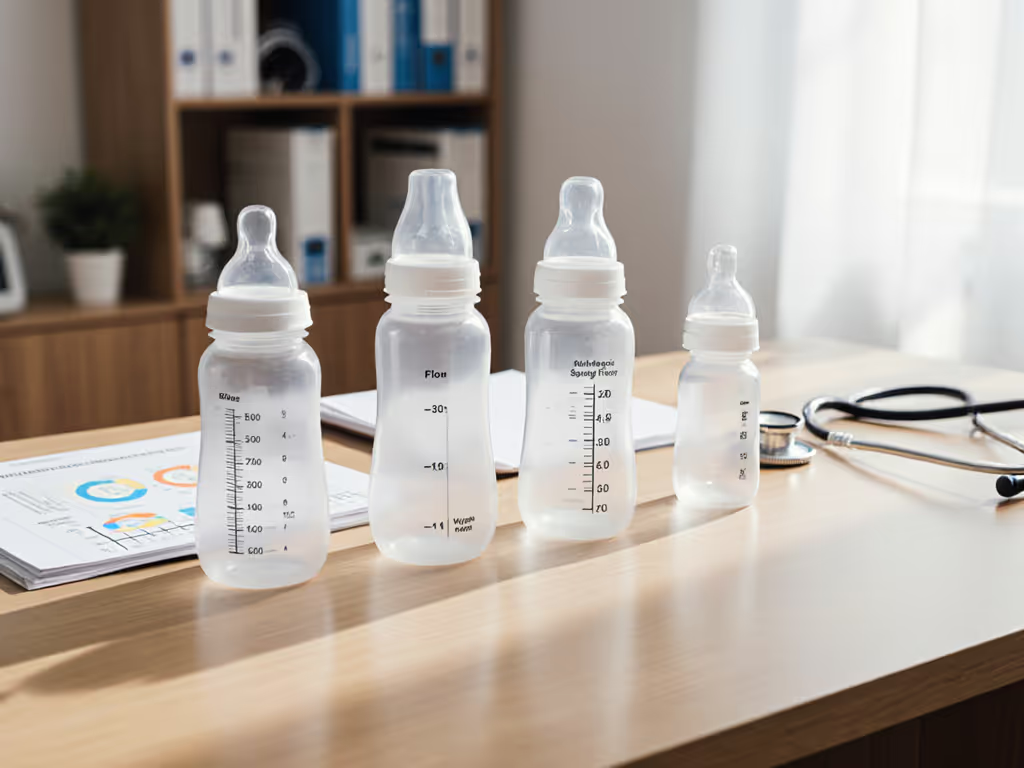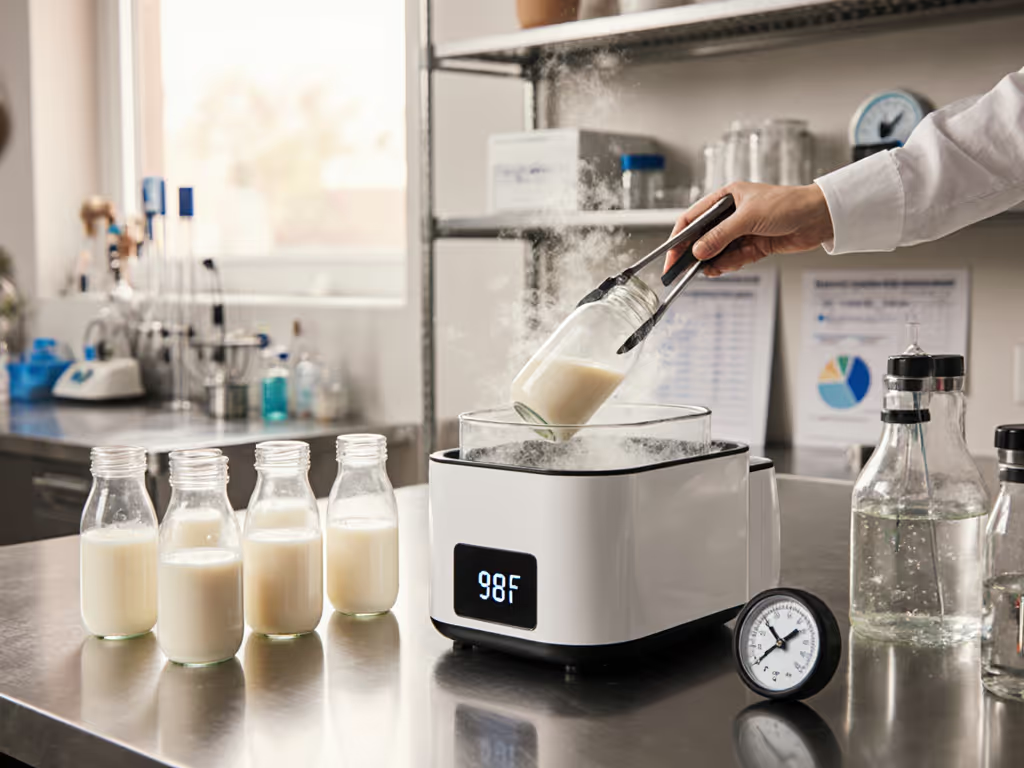
Mimicking Natural Latch: Best Bottles for Breastfed Babies
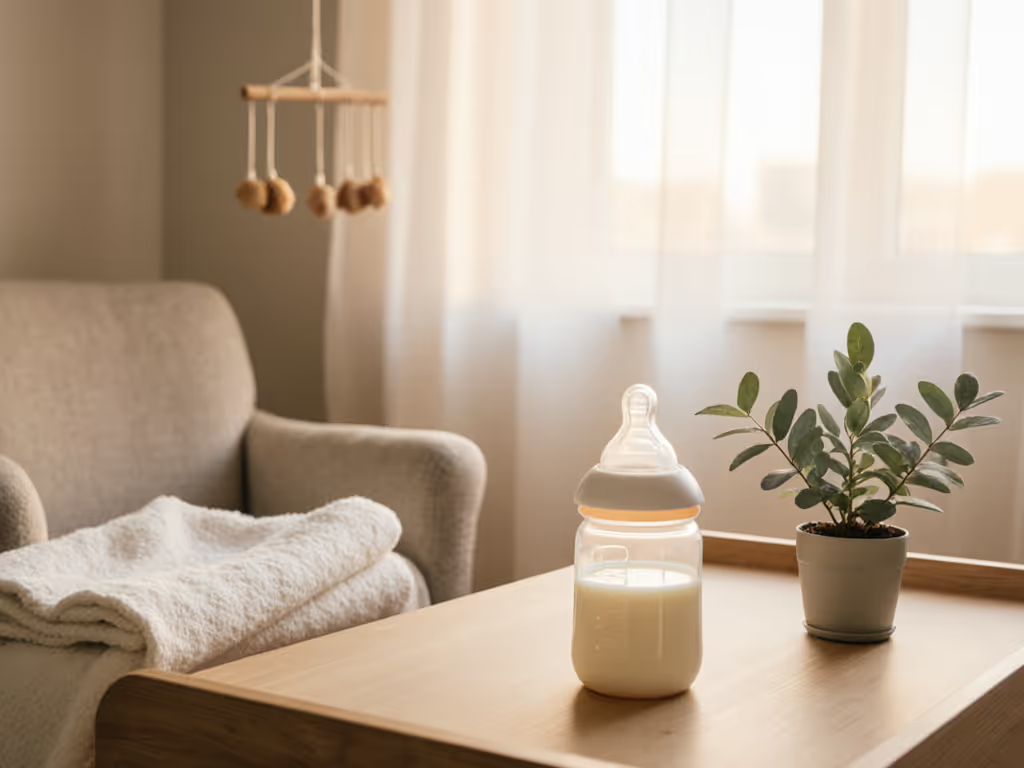
When your breastfed baby suddenly refuses bottles days before daycare starts, finding the best baby bottles becomes urgent. But the best bottle feeding bottles aren't about brand prestige or labels (they are about reading your baby's subtle comfort cues). As a caregiver, I've watched infants settle within minutes when we matched their latch angles and flow pace, even with bottles labeled "for breastfed babies." In one toddler room, two infants needed opposite flow speeds from identical bottles (proof that comfort cues predict acceptance better than marketing tiers). Let's translate those observations into your calm-feeding toolkit.
Step 1: Decode Your Baby's Latch Language (Not the Bottle's Label)
Breastfeeding relies on dynamic latch geometry (a baby's jaw movement, lip flanging, and chin pressure). Bottle nipples must mimic this without forcing a fixed angle. Observe these cues during feeds:
- ✅ Healthy Latch Signs: Full lip flange over the nipple base, rhythmic jaw motion (no dimpling), chin staying rounded, occasional pauses for breathing
- ⚠️ Mismatch Signals: Lip compression on nipple tip, gulping sounds, turning head away mid-feed, cheeks collapsing inward
Don't assume "wide-neck = better." Some babies need a narrower teat base to achieve a deep latch if they were shallow latching at breast. Others relax only with a wider slope. For shape guidance, see our wide-neck vs standard latch comparison. Single-change experiment: Try tilting the bottle horizontally (like a breast) during feeds. If your baby's jaw tension eases and swallowing slows, the latch angle was the issue, not the nipple flow.
Watch the baby, not the box. A nipple's shape must support your infant's natural jaw movement, not a generic "breast simulation" claim.
Step 2: Match Flow to Your Baby's Natural Pacing (Not the "Newborn" Label)
Breastmilk flow adjusts to your baby's suck strength. Bottles labeled "slow flow" often deliver inconsistent streams, causing choking or fatigue. For evidence-based help, use our lab-tested flow rate guide. Flow isn't just speed; it is resistance during active sucking.
Observe these cues to gauge flow fit:
- Too fast: Milk pooling in mouth, coughing, pulling off bottle, frantic sucking with no pauses
- Too slow: Compressing nipple hard, cheeks caving, falling asleep within 2 minutes, sucking longer than 20 minutes
Breastfed babies often need slower resistance, not slower flow. For example, a bottle with a short nipple but firm silicone may require less suction effort than a soft, long nipple. Single-change experiment: During the next feed, compress the nipple base gently with your fingers (if silicone). If gulping stops and pauses increase, your baby needs higher resistance, not slower flow. A bottle like Lansinoh's NaturalWave nipple uses flexible-tip geometry to let babies control resistance, helping them set their own pace.
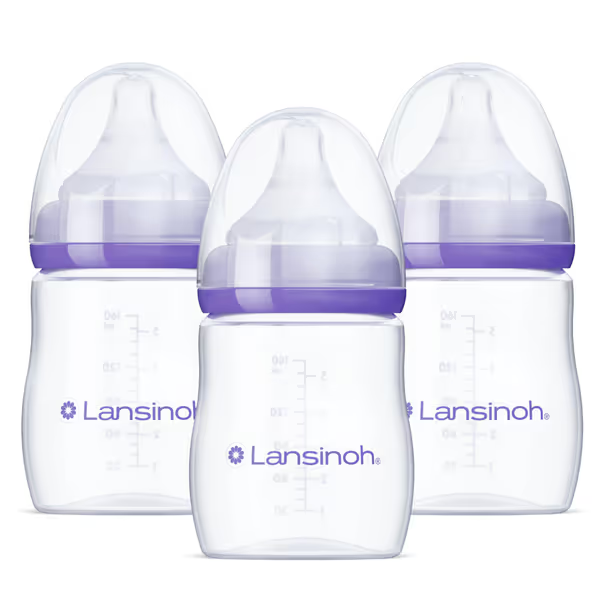
Lansinoh Anti-Colic Baby Bottles
Step 3: Test Venting Compatibility Before the Daycare Deadline
Leaks and gas aren't always about the nipple; they stem from venting mismatch. Compare real-world anti-colic venting systems to find a design that matches your baby's suction. Breastfeeding creates negative pressure as milk drains; bottles must replicate this to prevent air swallowing. Ignore "anti-colic" claims. Observe these cues during feeds:
- Healthy venting: Smooth milk flow without gulping, no spitting up after feeds, minimal fussiness
- Poor venting: Hiccuping, arching back during feeds, milk leaking from mouth corners, excessive burping
Single-change experiment: Feed upright with bottle tilted just enough to cover the nipple base (no air bubbles visible in milk). If gassiness improves, the venting system works with your baby's latch, not the other way around. MAM's bottles, for instance, use skin-like silicone with offset vents that often align with breastfed babies' natural suction rhythm.
Step 4: Troubleshoot Transitions with Positioning (Not More Products)
Bottle refusal before daycare often stems from posture mismatch. For a step-by-step plan, follow our bottle transition techniques. Breastfeeding uses gravity-defying latches; bottles require intentional positioning.
Try these bottle transition techniques:
- The "Semi-Upright" Hold: Cradle baby at 45° (not lying flat). Rest the bottle on your forearm, don't hold it rigidly. Lets baby control flow like at breast.
- The "Pause & Reset": Every 30 seconds, gently break suction by tipping bottle down. Watch if baby relaxes jaw before restarting. Signals they are pacing themselves.
- The "Pump-Express Switch": If using expressed milk, feed within 30 minutes of pumping. The milk's slight warmth and fat layer mimic fresh breastmilk flow. Working parents can streamline the pump-to-daycare workflow with our bottle system guide.
Your Action Plan: Calm Feeds Start with Observation
Forget chasing the "best bottles for breastfed babies." Your baby's acceptance hinges on their comfort cues, not product rankings. Next time you introduce a bottle:
- Observe jaw movement and lip seal for 2 minutes before offering milk
- Tilt bottle horizontally to mimic breast feeding posture
- Pause mid-feed to check if baby resets their latch naturally
Comfort first, then compatibility; calmer feeds shape better habits. When you prioritize your infant's subtle signals (like the chin dimpling that means "wider base needed" or the rhythmic pause that says "flow is right"), you skip the trial-and-error panic. That's how you build a bottle-feeding routine that works for your baby and your daycare deadline... without adding more clutter to your kitchen counter. Your next step: Film a 30-second feed today. Watch for one comfort cue (e.g., lip flange depth). Adjust one variable tomorrow (angle, flow resistance, or positioning). Small shifts create calm, confident feeding.
Related Articles

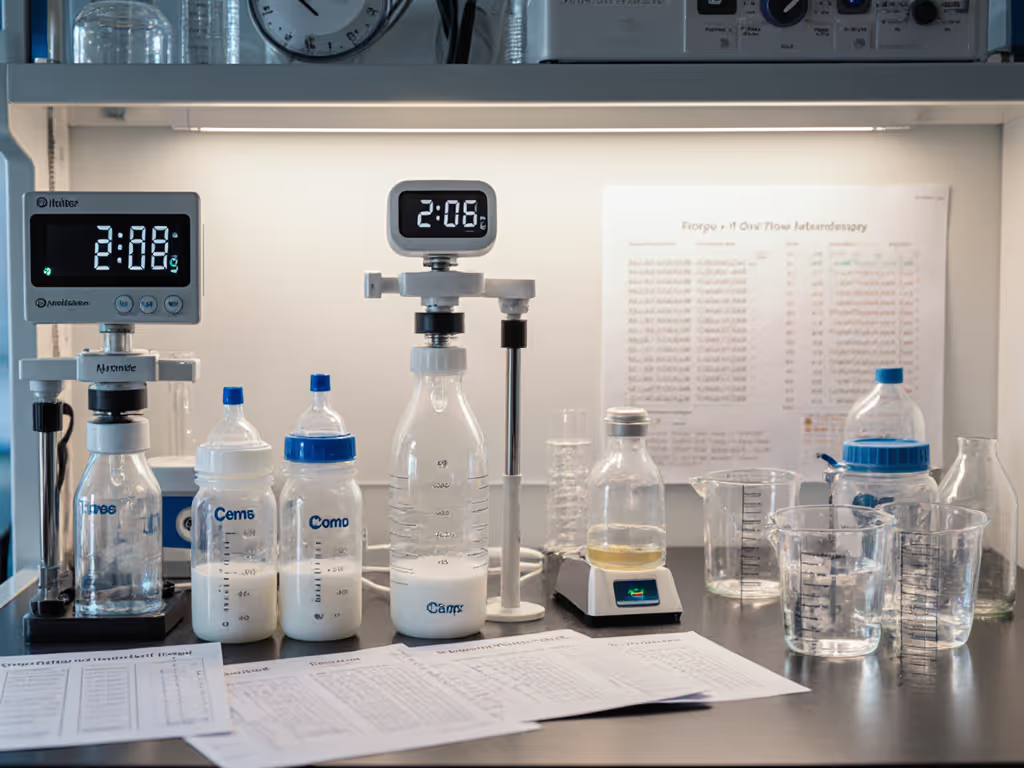
Global Bottle Flow Rates: Lab-Tested Reality Check
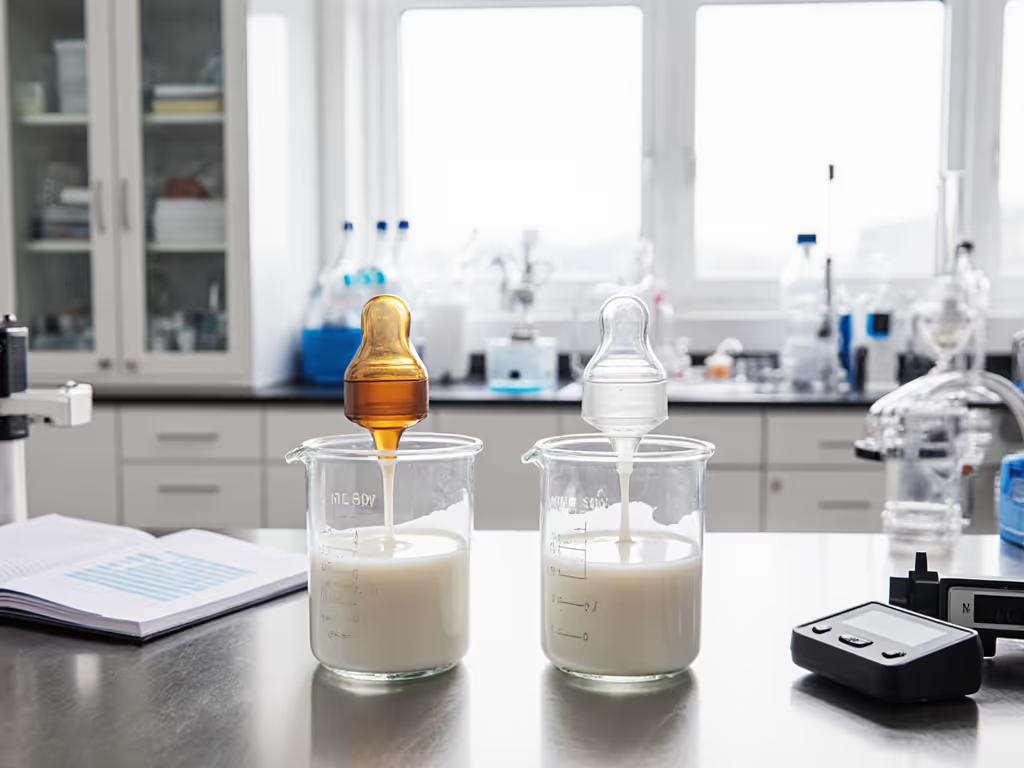
Silicone vs Latex Nipples: Lab-Tested Feeding Performance
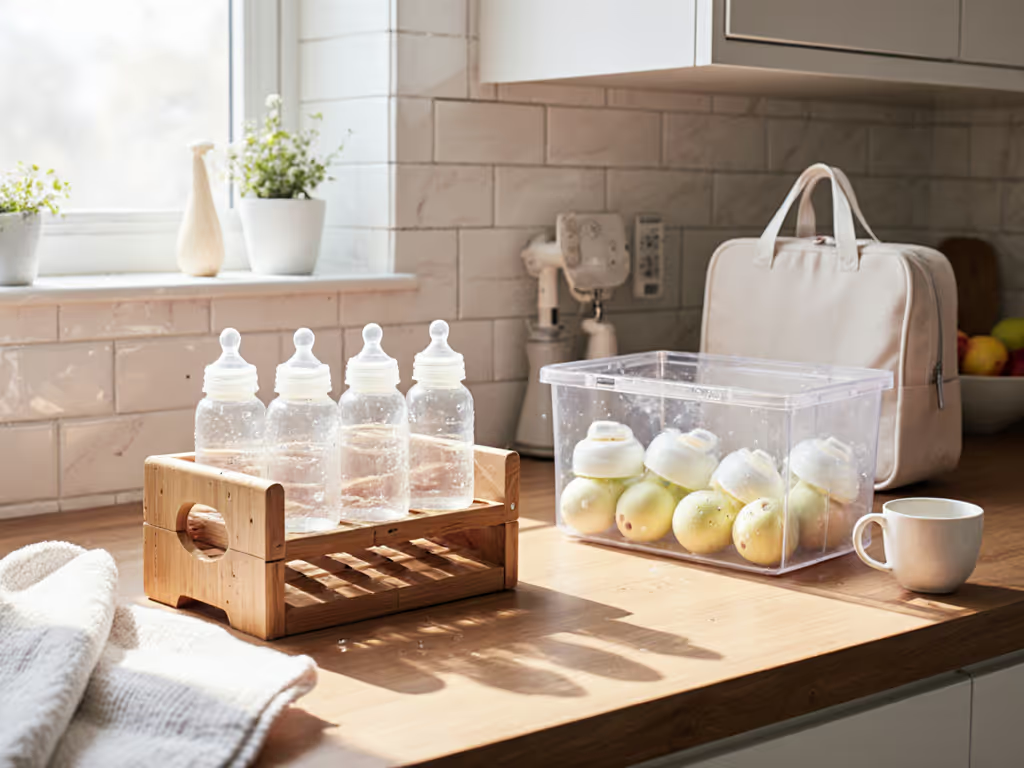
Top Bottle Storage Solutions: Hygiene & Portability Tested
